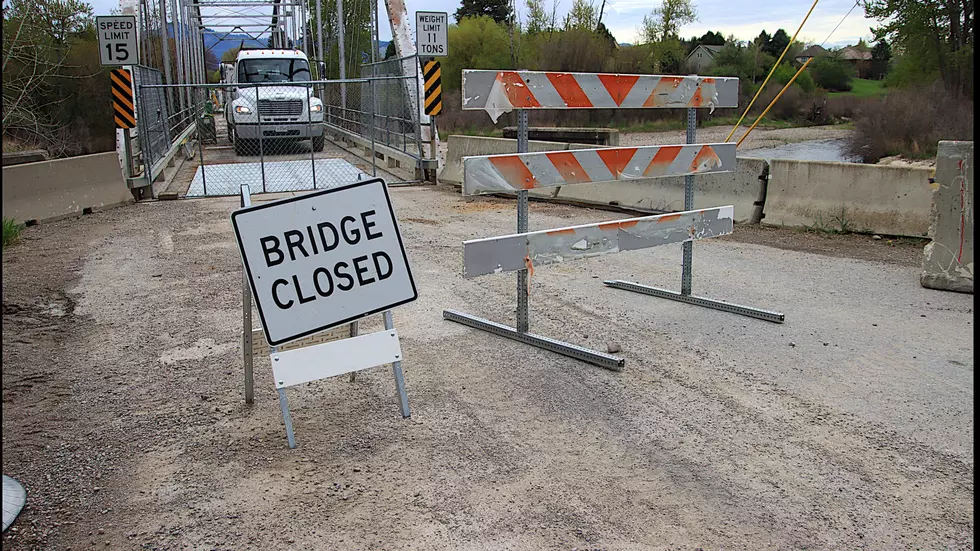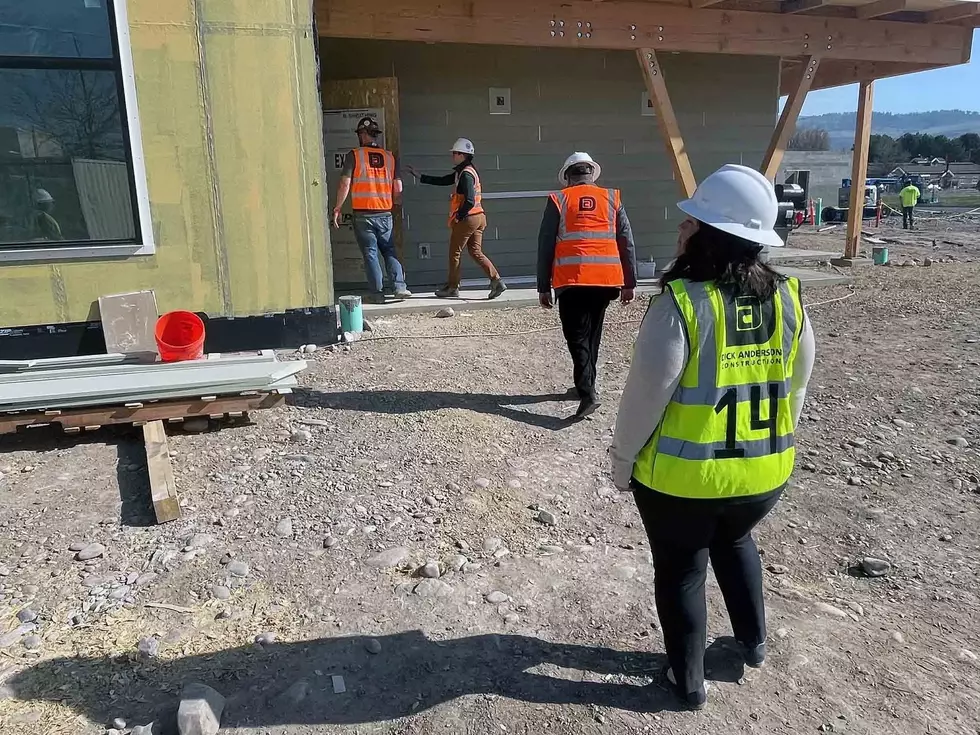
Harmon’s Histories: From the start, Missoula was Montana’s Garden City
By Jim Harmon/Missoula Current
“It quite astonishes the old citizen hereabouts to discover what a stranger he is to the people now seen on our streets. People who have lived here for the last dozen years begin to feel that they are pilgrims among strangers once more – so many unknown faces are met upon every corner.”
It’s a lament often heard these days in the city of Missoula – but the quote is actually from a newspaper column of another era: 1881.
Back then, the Garden City was a mere teenager of about 15 years with a population of 447 souls. The whole county had “but 2,475 inhabitants.”
The biggest change was yet to come. The town’s population would skyrocket to over 14,000 with the railroad’s arrival in the late 1800s.

But in 1881, Missoula was still a fur-trading and agricultural economy, with gold being discovered in the region.
“To the looming emigrants this spring,” wrote The Weekly Missoulian, “we would say, Do not condemn Montana until you have seen Missoula County – justly called the ‘garden spot.’ ”
Agriculture (writ large and small) occupied much space in local newspapers.
The Bitter Root Valley south of Missoula was described as a “fertile plain of fifteen miles in width (that) has hardly an acre that to the industrious rancher will not yield well, under cultivation.”
In late June 1881, Mrs. Frank Ives delivered to the The Weekly Missoulian, “specimens of the Mammoth gooseberry of two months growth. The berries were about the size of wild plums on a stem of eight inches in length.”
That same month, Lyman Blodgett set out for Missoula with a load of “hen fruit” for the city markets. But it didn’t go so well.
“Just after leaving home,” it was reported, “he drove up a steep pitch in the road, and the whole load of 70 dozen eggs shot out of the rear of his wagon in promiscuous profusion.”
Mr. Blodgett “made a few remarks suitable to the emergency,” then salvaged about half the load, and continued on to the Garden City.
Missoula, in 1881, was proud of its “fine courthouse, a good hotel, some half-dozen substantial brick business houses, and two or three times as many wooden ones, occupied by stores which expose for sale every variety of desirable merchandise.”
The community also boasted of its post office, bank, public and private schools, flouring mill, barber shop and “all the saloons necessary.”
The town, “right under the shadow of grand old mountains” had “as pure, cool water, fresh from the mountains, as can be found in Montana,” and “numerous comfortable, and a few elegant, residences, with handsome grounds adjoining.”
The community loved to socialize. Fair time was a big deal, with horse racing for large purses, displays of agricultural produce plus “the workmanship of our artisans and the industry and taste of our ladies at home.”
Then, as now, Missoula was a community of music. A traveling orchestra called the “Plunkett Constellation” performed that summer to great reviews. The troupe included a violinist who “superbly manned” his bow, and the leader of the orchestra was described as a “musician of rare ability.”
But one well-intentioned event was caught up in a bit of controversy.
Father L. Van Gorp, S.J., wrote to The Missoulian on June 22, “I noticed in the paper an advertisement for a grand ball to be given on the 4th of July (in Frenchtown) for the benefit of the Catholic church.”
“Now, while I duly appreciate your efforts to raise funds for the completion of your church I would respectfully advise you to do so by more approved means than by the giving of a ball.”
“Let it be known to all that the profits of the ball will under no circumstances be accepted for the benefit of the Catholic church.”
The group responded in the next issue of the paper: “In the name of the Catholics of Frenchtown, we beg leave to say that the ball will not be given for the benefit of the church.”
“Nevertheless, we do feel it’s just as appropriate for us at Frenchtown to give a ball for the benefit of our church, as it is for our neighbors of the same religion to hold fairs or bazaars where dancing is permitted.”
Back in Missoula, plans were underway for the 4th of July celebration. “The largest stock of fireworks ever brought into Missoula county arrived at Dickenson’s – consisting of rockets and parachutes (from four pounds to one ounce), triangles, buzz-wheels, Roman candles and firecrackers.”
And so it was in Missoula in the summer of 1881 – a community proud of its past and looking to its future.
Jim Harmon is a longtime Missoula news broadcaster, now retired, who writes a weekly history column for Missoula Current. You can contact Jim at fuzzyfossil187@gmail.com. His best-selling book, “The Sneakin’est Man That Ever Was,” a collection of 46 vignettes of Western Montana history, is available at harmonshistories.com.
More From Newstalk KGVO 1290 AM & 98.3 FM









